cam.parametric#
Fabex ‘parametric.py’ © 2019 Devon (Gorialis) R
MIT License
Permission is hereby granted, free of charge, to any person obtaining a copy of this software and associated documentation files (the “Software”), to deal in the Software without restriction, including without limitation the rights to use, copy, modify, merge, publish, distribute, sublicense, and/or sell copies of the Software, and to permit persons to whom the Software is furnished to do so, subject to the following conditions:
The above copyright notice and this permission notice shall be included in all copies or substantial portions of the Software.
THE SOFTWARE IS PROVIDED “AS IS”, WITHOUT WARRANTY OF ANY KIND, EXPRESS OR IMPLIED, INCLUDING BUT NOT LIMITED TO THE WARRANTIES OF MERCHANTABILITY, FITNESS FOR A PARTICULAR PURPOSE AND NONINFRINGEMENT. IN NO EVENT SHALL THE AUTHORS OR COPYRIGHT HOLDERS BE LIABLE FOR ANY CLAIM, DAMAGES OR OTHER LIABILITY, WHETHER IN AN ACTION OF CONTRACT, TORT OR OTHERWISE, ARISING FROM, OUT OF OR IN CONNECTION WITH THE SOFTWARE OR THE USE OR OTHER DEALINGS IN THE
Summary: Create a Blender curve from a 3D parametric function. This allows for a 3D plot to be made of the function, which can be converted into a mesh.
I have documented the inner workings here, but if you’re not interested and just want to suit this to your own function, scroll down to the bottom and edit the f(t) function and the iteration count to your liking.
This code has been checked to work on Blender 2.92.
Functions#
|
Derives bezier handles by using the start and end of the curve with 2 intermediate |
|
Creates a Blender bezier curve object from a parametric function. |
|
Turns a set of Curve objects into meshes, creates vertex groups, |
Module Contents#
- derive_bezier_handles(a, b, c, d, tb, tc)[source]#
Derives bezier handles by using the start and end of the curve with 2 intermediate points to use for interpolation.
- Parameters:
a – The start point.
b – The first mid-point, located at tb on the bezier segment, where 0 < tb < 1.
c – The second mid-point, located at tc on the bezier segment, where 0 < tc < 1.
d – The end point.
tb – The position of the first point in the bezier segment.
tc – The position of the second point in the bezier segment.
- Returns:
A tuple of the two intermediate handles, that is, the right handle of the start point and the left handle of the end point.
- create_parametric_curve(function, *args, min: float = 0.0, max: float = 1.0, use_cubic: bool = True, iterations: int = 8, resolution_u: int = 10, **kwargs)[source]#
Creates a Blender bezier curve object from a parametric function. This “plots” the function in 3D space from min <= t <= max.
- Parameters:
function –
The function to plot as a Blender curve.
This function should take in a float value of t and return a 3-item tuple or list of the X, Y and Z coordinates at that point: function(t) -> (x, y, z)
t is plotted according to min <= t <= max, but if use_cubic is enabled, this function needs to be able to take values less than min and greater than max.
*args –
Additional positional arguments to be passed to the plotting function. These are not required.
use_cubic – Whether or not to calculate the cubic bezier handles as to create smoother splines. Turning this off reduces calculation time and memory usage, but produces more jagged splines with sharp edges.
iterations – The ‘subdivisions’ of the parametric to plot. Setting this higher produces more accurate curves but increases calculation time and memory usage.
resolution_u – The preview surface resolution in the U direction of the bezier curve. Setting this to a higher value produces smoother curves in rendering, and increases the number of vertices the curve will get if converted into a mesh (e.g. for edge looping)
**kwargs –
Additional keyword arguments to be passed to the plotting function. These are not required.
- Returns:
The new Blender object.
